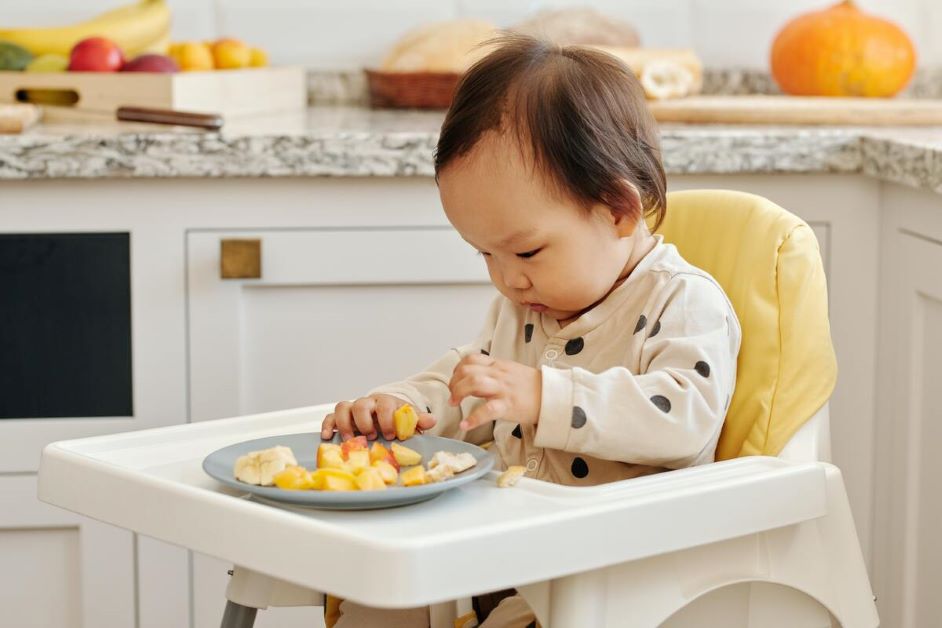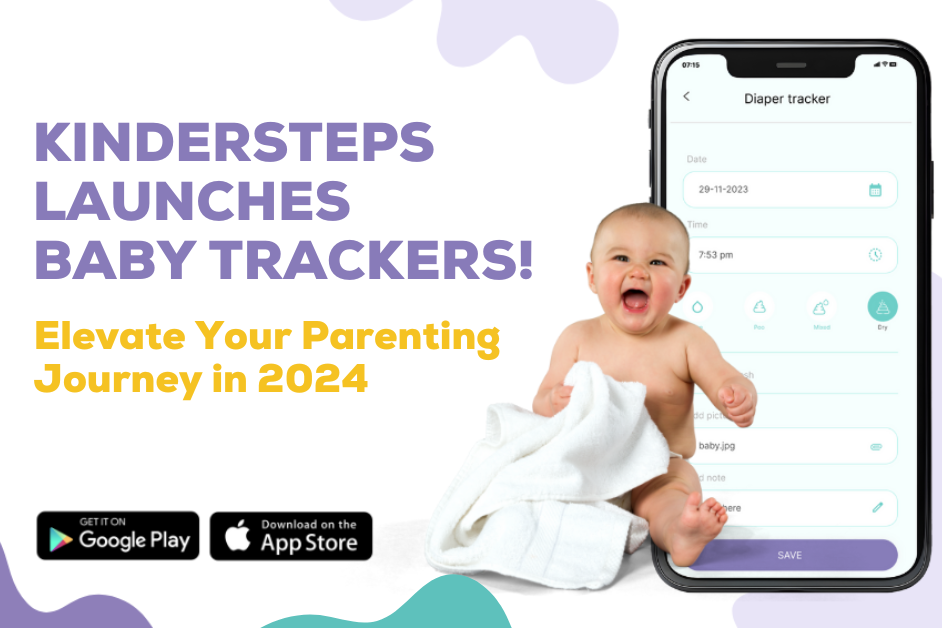Baby-led weaning: is it right for your child?
While many parents prefer to begin solids through purees, there is another option you can consider introducing for your baby's foray into solid foods. These days an increasing number of parents are foregoing purees and pre-packaged baby food in favor of a method known as baby-led weaning. It is a way to introduce foods through self-feeding. This involves offering finger foods to your child so they have more control over what (and how much) they eat.
When should you start baby-led weaning?
Babies should be at least 6 months old before starting baby-led weaning. They should have strong neck control and be able to sit up unassisted as well as grab and hold onto objects. This means that they have likely grown out of their tongue-thrust reflex, which causes them to push foreign objects out of their mouths.
Benefits of baby-led weaning
The benefits of baby-led weaning are said to range from healthier food habits to better long-term health outcomes for children. Some of the potential benefits of the baby-led weaning include:
Promotes more adventurous palates and better diets: Baby-led weaning allows your child to explore diverse flavors and textures on their terms (rather than being spoon-fed), increasing the likelihood that they may try new foods later in life.
Strengthen self-regulation: It allows the baby to self-regulate how much to eat based on their hunger levels. Spoon-feeding puts the parent in control (which may cause newborns to eat quicker and more than they need, perhaps leading to a habit of ignoring feelings of fullness). When compared to spoon-fed children, this could mean a lower risk of being overweight.
Fosters the development of fine motor skills: Finger foods promote the development of manual dexterity and hand-eye coordination skills.
Avoids the tough transition from pureed to solid foods: Baby-led weaning teaches babies to chew before swallowing.
How to begin weaning your baby
Certain foods are better for baby-led weaning than others. Start with foods that are the right size and texture. Avoid potentially problematic foods to make it easier for your infant to eat and that reduces other safety-related concerns like choking.
In addition, offer a modest amount of BLW-appropriate foods to your baby and let them grab and bring bits to their mouths on their own. You can start by introducing soft sticks and bits of food such as bananas or avocados, cooked veggies, pasta, baked sliced apple without the peel, baked, skinless potatoes or sweet potatoes, soft-boiled green beans, unsweetened yogurt, moist and shredded meats, salmon, pasta, omelets cut into pieces, or strips of chicken.
Baby-Led Weaning Dos and Don'ts
Do’s: When it comes to baby-led weaning and finger food first, safety is crucial, and therefore here are some essential things to remember:
Put your baby in a highchair that is fully upright, preferably with a footplate and detachable tray so that baby may eat at the table with you.
Let your child completely self-feed. This entails picking up the food and placing it in their mouth.
Offer your infant substantial chunks of food that are easy to pick and hold.
As your baby's pincer grasp improves, reduce the size of the food to smaller pieces.
Let your child get messy! Self-feeding will inevitably result in a mess, but it may help prevent picky eating later.
Offer limited amounts of options with modest servings of different foods at the same time.
Don’ts: Now for the things, you should refrain from when it comes to baby-led weaning:
Don't panic immediately if your baby gags on a piece of food. Keep in mind that gagging is a natural reflex to food that is too difficult to swallow.
Don't rush through meals. Because your baby is learning a new skill, meals will take a little longer for a while.
Don’t offer foods like grapes, popcorn, or raisins that are known choking hazards.
Don't serve too many pieces or different types of food all at once. This can be overwhelming for your child. So, begin by offering a few pieces of the same foods.
Do not react or put pressure if your baby refuses to eat.
Baby-led weaning can be a great method to introduce your child to a range of healthy foods early on. Only if you choose the proper foods, serve them in the right consistency, and take active steps to minimize the danger of choking. It can make it easier for parents to feed their kids while also encouraging appropriate eating habits and reducing fussiness around food.
Kindersteps allows you to keep yourself updated about various parenting topics including health and nutrition, track your child's developmental milestones and also recommends daily play-to-learn activities for your child to boost brain development.




.jpg?alt=media&token=166b64a9-274c-400c-95e4-baf0013e7e43)


